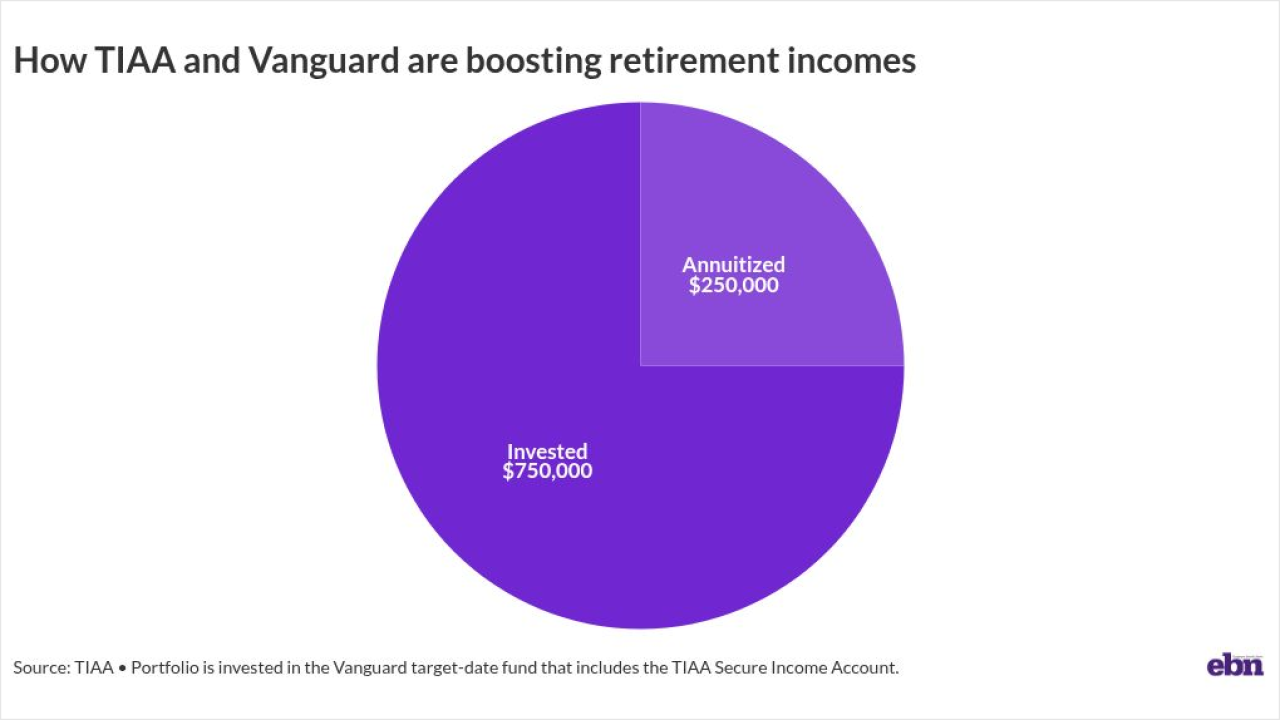When employers focus on incorporating financial education and other wellness programs into their companys culture, it turns out increasing engagement as well as having the right tools in place is a shared goal among both conventional employers and unique businesses such as the NFL Players Association.
The NFLPA, the union that collectively bargains for players in the National Football League, says its financial wellness and career transitioning services really help its unique employees with their goals on the field and off.
As league players have an average career of only 3.5 years, the NFLPA works with its distinctive membership of 2,000 active members and 5,000 former players, moving toward their financial targets, says Dana Hammonds, director of player affairs and development at the NFLPA.
I think its really important to focus on the engagement of the players so we can have them actively utilizing all the tools that we have, Hammonds explains. I think anyone that has a wellness program, thats always the challenge.
In 2001, Hammonds assisted with creating the NFLPA Registered Financial Advisors Program, which was a trail blazer in professional sports wellness. These advisers are vetted by the NFLPA and are required to meet eligibility requirements in order to participate.
Its just not enough to hire a financial advisor [players] should also be educated on the various nuisances that could impact them at any point throughout during their career, Hammonds says.
In sharing the financial advisor programs success, the 58-year-old union partnered with Financial Finesse, a company that provides financial education and counseling programs to over 400 corporations and credit unions, to offer online and customizable financial education platforms to players. The 2009 launch date led to over 1,000 players participating in the program, where 48% reported saving at least 20% of their annual earnings in preparation of the widely publicized lockout in 2011.
Also, Financial Finesses helpline allows players to call up financial planners for assistance. According to Hammonds, the planner knows just about as much about the NFLPAs benefits package as representatives at Washington, D.C.-based associations offices. She adds that together, the two parties consider how to integrate [the players] other benefit needs going forward.
As players transition through their early career to post-career, Hammonds explains that the NFLPA has instituted ways to engage players, including bi-weekly emails that focus on trending industry topics. Utilizing snappy headlines and engaging content, she notes that this was a big help when the union began to collectively bargain over its members contracts three years earlier.
Other means to attract players attention include an effort to project former players into the financial education limelight.
We found [it] was more attractive to the membership when they were talking to each other, she says. I guess theres just a better connection when someone can read what someone else did or what they experienced, because they are walking pretty much in those same shoes.
Consistency is key
With a high number of current and former players in their mid-to late-20s, the NFLPA makes sure that its financial wellness and transitioning services incorporate a seamless web of support for the athletes. Even now, in the NFL off-season, Hammonds says that the association reminds players of end-of-season check lists and strategically sends out emails to make sure they are actively utilizing these wellness tools and resources.
We try to provide consistent services across the board, whether it is an active player or a former player, realizing that their needs will definitely change as they progress throughout the year, she says. But, were very concerned with making sure that the level of information that they receive and the quality of information they receive is very consistent.
In November 2013, the NFLPA announced formation of The Trust, a program that looks to support former players with their health and transition out of professional football. With its six primary pillars including brain and body health, career transition and development, education and entrepreneurship, financial literacy and professional interaction The Trust partners with health and educational institutions to support the ongoing growth of these players who have moved beyond the sport, over the past two to 15 years.
The Trust also gets former stars such as long-time NFL quarterback Charlie Batch to step in to help with players transitions as well, showing an ongoing need for support through camaraderie, similar to the financial education testimonials.
Relating to professional sports
In todays world of employer financial assistance programs, most undoubtedly help their
Even though its client base is clearly more well-remunerated than average employees, NFLPAs efforts can be relatable to everyday HR and benefit decision-makers; it all comes down to participation and costs, Hammonds says.
If you have low participation, the costs per person are actually quite higher, she says. The [NFLPAs] focus was on increasing participation and clearly thinking outside the box in terms of interacting with players and insuring [the players] 1) trusted us, and 2) utilize what were providing to them.





